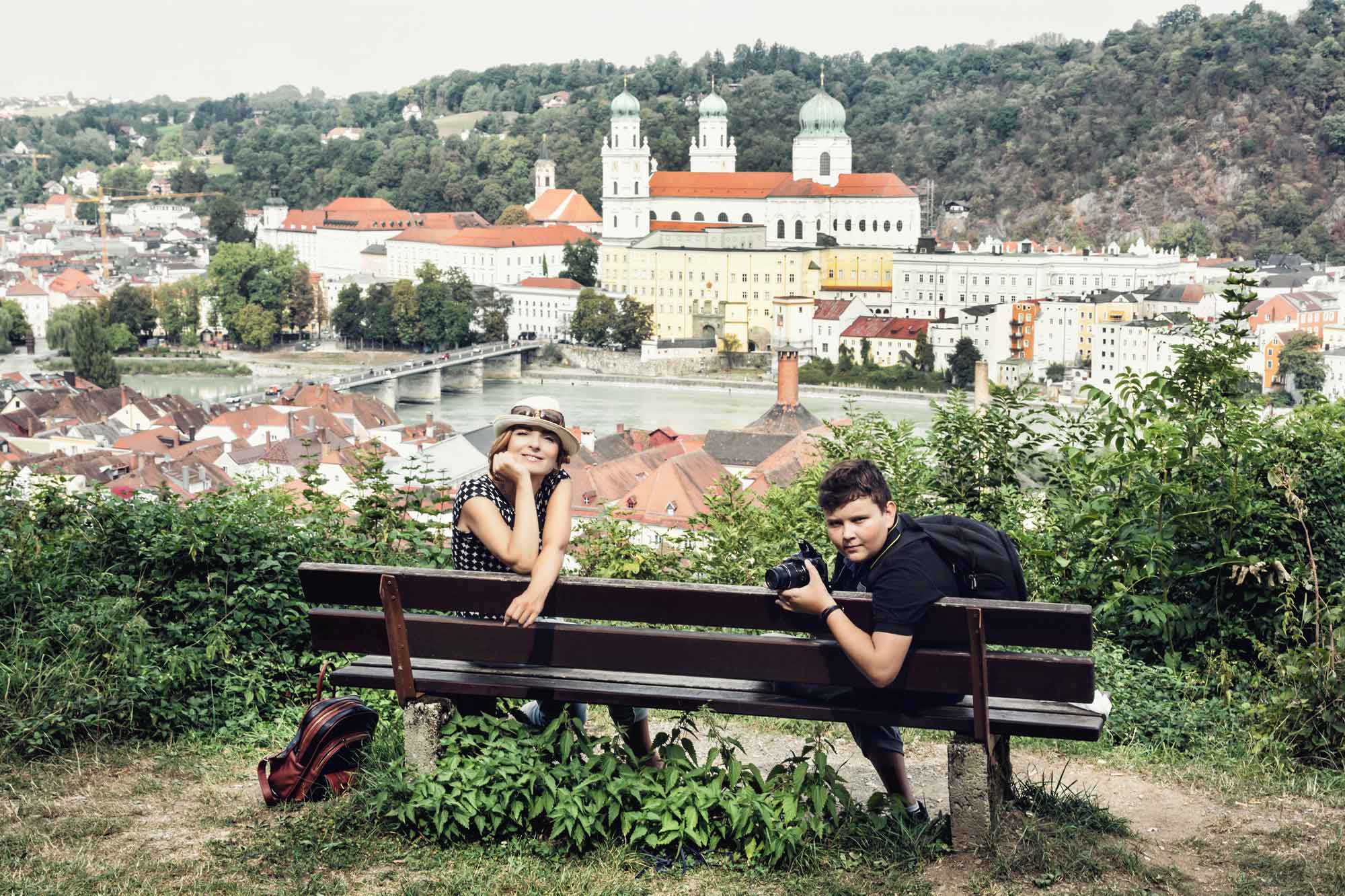And we don't mean Pittsburgh. This beautiful European town, in southeast Germany, is located at the Austrian border. Known as the “City of Three Rivers,” it is situated where the mighty Danube River joins the Inn River and the Ilz River.
Passau is a historic town which can trace its roots to the 2nd Century BC. First founded by the Celts and then a Roman town for 400 years, like many European cities, it has traded hands a few times. The Old Town of Passau, rebuilt in the 17th century by Italian baroque masters after a devastating town fire, is outstandingly beautiful.
The picturesque and unique gothic Old Town abounds with museums, shops, churches, cafes, winding lanes and enchanting riverfront promenades. Left undamaged during World War II, the Old Town was left as it has been for hundreds of years and is home to multiple, quaint Bavarian shops. Cuckoo clocks, anyone?
In the heart of Passau on the Old Town’s highest point, rises historic St. Stephen’s Cathedral, which houses the world’s largest cathedral organ.
Nestled atop the St. Georgsberg Mountain, and nearly 350 feet above sea level, the Veste Oberhaus was originally built in 1219 to express the strength of the town and make those who might think of invading reconsider. One of Passau’s top destinations and most recognizable sights, it soars high above the Danube and provides panoramic views of the Old Town and rivers below.
The castle’s most notable inhabitant was Napoleon Bonaparte who used the fortress in his campaign to take Austria. Not long after, and for almost a hundred years, the Oberhaus was a state and military prison, feared as the “Bastille of Bavaria.”
Today, the Veste Oberhaus is home to a museum (the Oberhausmuseum), an art gallery, a viewing platform, a youth hostel, a restaurant and a pre-World War II amphitheater.
Would you like to visit Passau? It’s one of our stops on our Spring river cruise.
If you haven’t already, be sure to sign up for our newsletter to be in the know for tips, specials, and news.
















